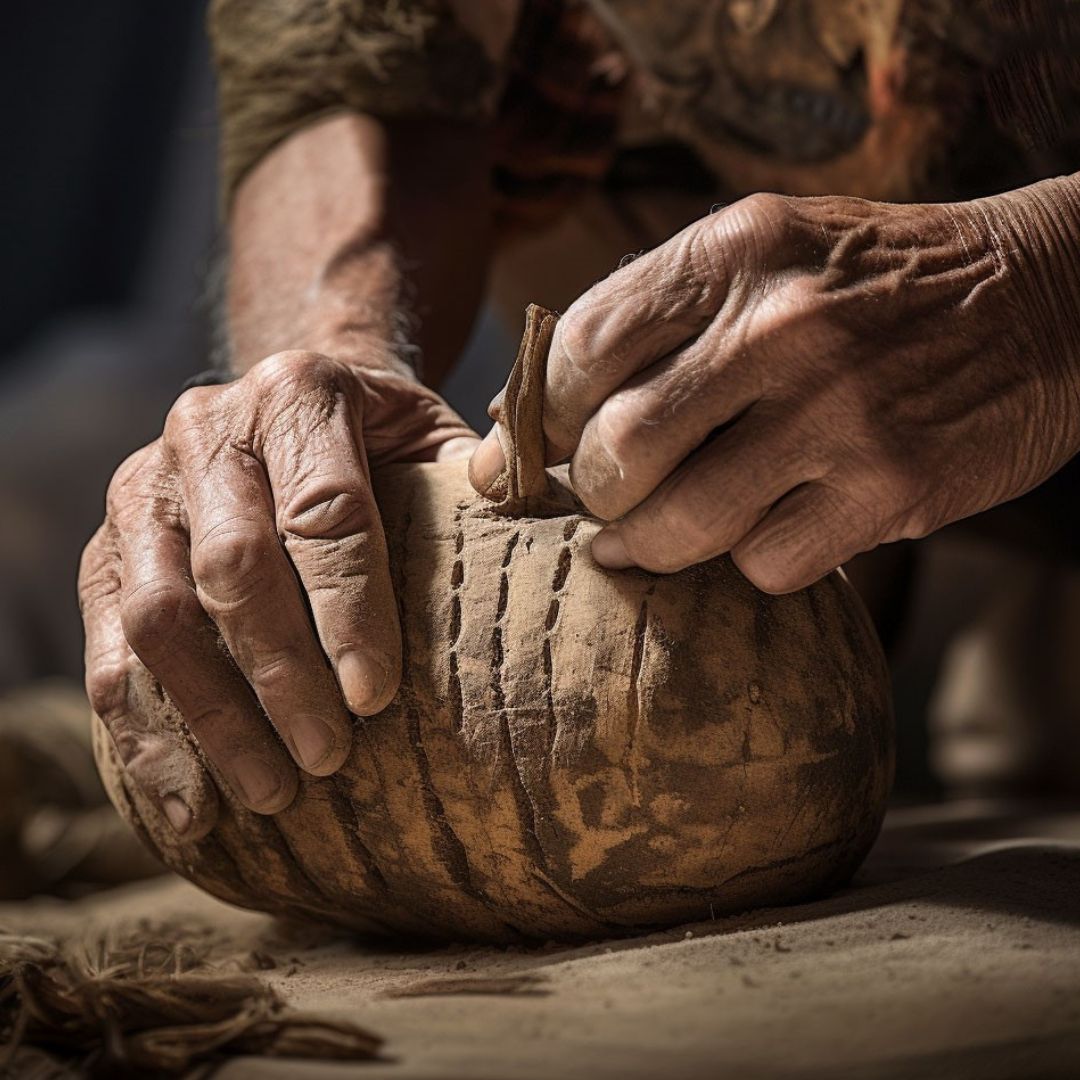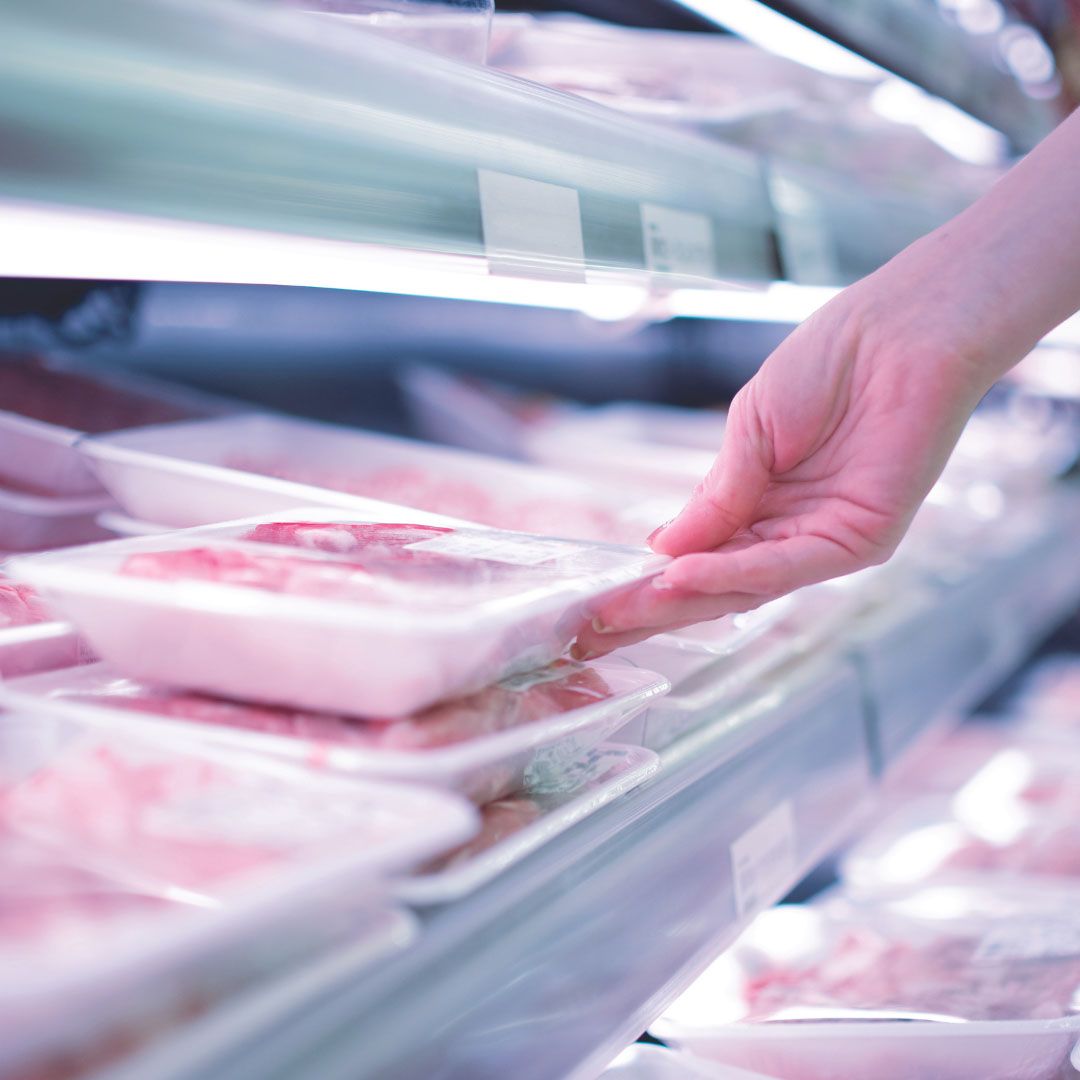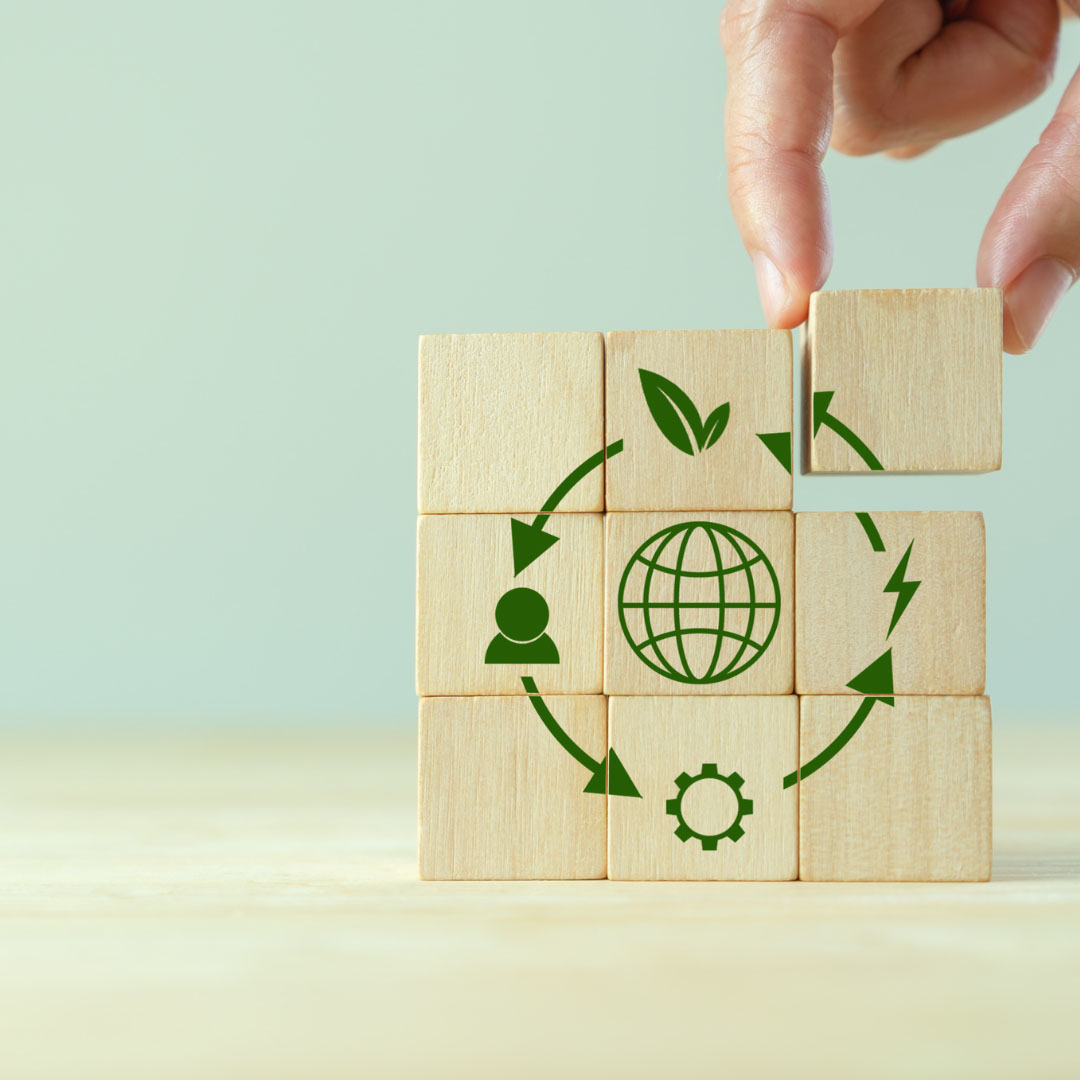
A journey back in time: food packaging in prehistory
The evolution of food packaging has its roots in the very remote past, long before the advent of advanced technologies and synthetic materials.
As far back as prehistoric times, the need to store and transport food effectively drove man to seek innovative solutions, taking advantage of what nature had to offer.
Dried gourds, for example, became valuable containers for storing seeds, grains, and liquids, thanks to their shape and robustness after drying.
Similarly, seashells, with their concave shape, were used as natural bowls for small amounts of food and liquids. Their natural strength made them suitable for this purpose.
We must not forget the ingenuity of making containers from tree trunks, which, once emptied of their insides, became sturdy vessels, capable of storing large quantities of substances. This solution, though simple, required considerable effort and knowledge.
And then, there were the entrails of hunted animals, used for their elasticity and impermeability, offering a practical solution for transporting and storing food.
These ancient practices make us reflect on the deep connection between human beings and their environment. If our ancestors respectfully exploited what nature had to offer, we could draw inspiration from them in today’s search for sustainable packaging solutions.
History teaches us that it is possible to combine necessity and sustainability and that perhaps knowledge of these ancient practices could guide us toward a future of food packaging that is more respectful of our planet.







